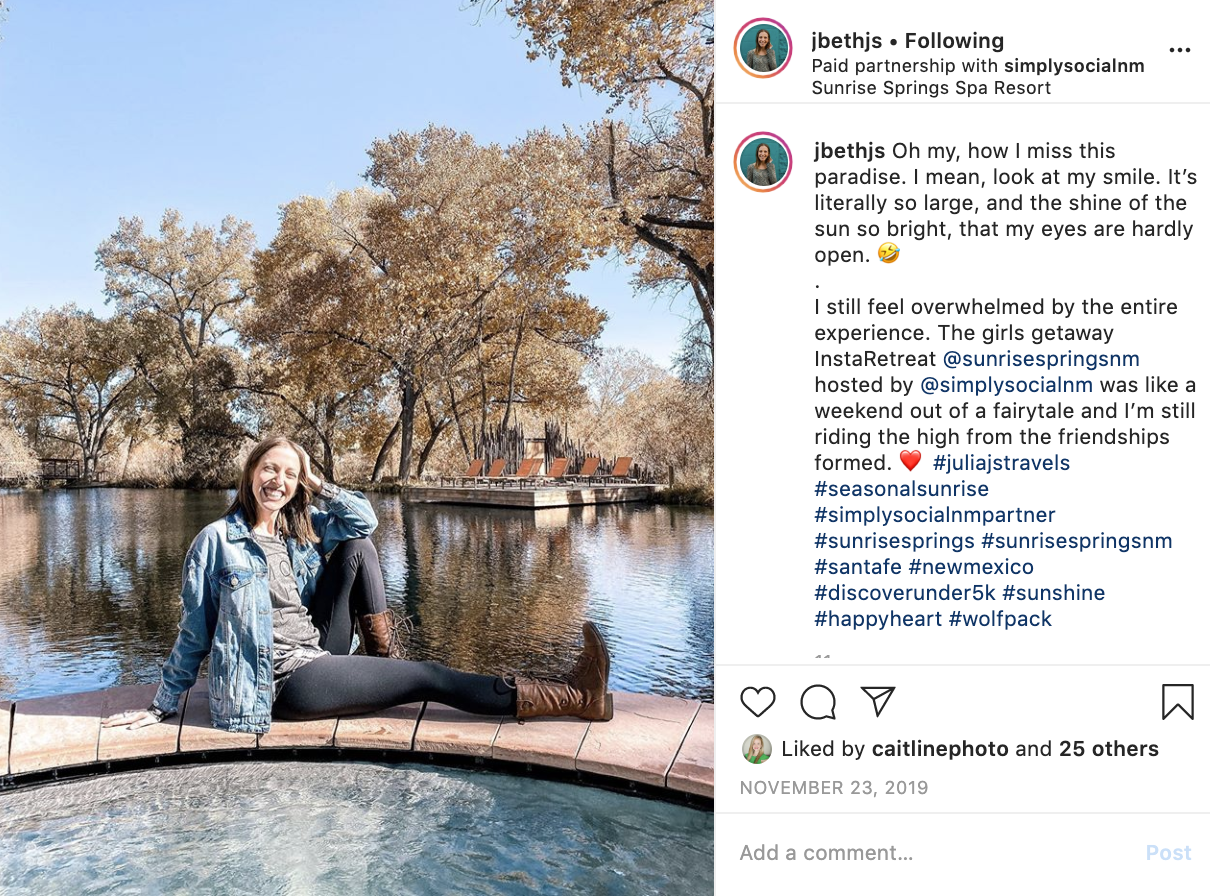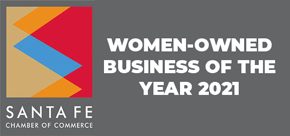A disclosure before we talk about disclosures. Just like social media, the FTC Guidelines are constantly evolving in an attempt to ensure transparency. Make sure you familiarize yourself with their guidelines on an ongoing basis to keep up with any changes that might be made to them before you begin a campaign.
>
“Disclose when you have any financial, employment, personal, or family relationship with a brand.
”
The idea behind FTC regulated disclosure is to create more transparency around influencer marketing campaigns by clearly disclosing the partnership between the brand and the Influencer through a mixture of hashtags and captioning. This is important for both the brand AND the influencer to know and especially when it’s micro influencer campaign because it may not be immediately obvious to their followers.
Partnerships have to be disclosed even if there is no exchange of money. A trade for something of value is considered to be enough to require disclosure. The onus is on the influencer to disclose endorsements but the agency or brand should help guide and communicate with the influencer how they would like that to be done.
>
“Financial relationships aren’t limited to money. Disclose the relationship if you got anything of value to mention a product.”
In the past, the most common way for influencers to disclose their partnerships with brands was to add the hashtag #ad or #sponsored to the caption. The FTC recently changed this guideline to eliminate that requirement as an absolute. That language can still be used as disclosure but it’s not absolutely necessary. That doesn’t mean you don’t have to disclose the relationship, just that there are different ways to do it now.
You can now ask your influencers to use a specialized partner hashtag. For instance, we use #simplysocialnmpartner. This has now become the “official” hashtag disclosure for the partnership. It is also a great way to keep all of the posts that your influencers in one collection and can be used as an online reference to for potential clients and/or influencers with whom you’d like to work with.
The partnership must also be disclosed the in the body of the caption. For example, we have our influencers use the text “…at the @simplysocialnm [insert name of InstaMeet] provided by [insert location] for the influencer events and brand ambassadorships that we produce and facilitate. This disclaimer text can be used in any way that the influencer wants so they can retain the integrity of their voice.
>
“Don’t assume your followers already know about your
brand relationships.”
Some platforms, such as Instagram & Facebook, now have the capability to add influencers as a branded content partner. This is a very new development and does NOT replace the use of the disclosure but it does make the partnership clear in a very visible section of the post. In addition, this also gives the brand access to the influencers post and story analytics, which is a great way to monitor the effectiveness of the influencers posts. Watch for this feature to be used more and more as a central component of influencer marketing.
>
“Telling your followers about these kinds of relationships is important because it helps keep your recommendations honest and truthful, and it allows people to weigh the value of your endorsements.”
The following information is verbatim from the FTC Guidelines “Disclosures 101 for Social Media Influencers”.
Always refer to the newest version when building your campaign.
Caption
-
The disclosure should be placed with the endorsement message itself. Disclosures are likely to be missed if they appear only on an ABOUT ME or profile page, at the end of posts or videos, or anywhere that requires a person to click MORE.
Stories
-
If your endorsement is in a picture on a platform like Snapchat and Instagram Stories, superimpose the disclosure over the picture and make sure viewers have enough time to notice and read it.
Video
-
If making an endorsement in a video, the disclosure should be in the video and not just in the description uploaded with the video. Viewers are more likely to notice disclosures made in both audio and video. Some viewers may watch without sound and others may not notice superimposed words.
Livestream Video
-
If making an endorsement in a live stream, the disclosure should be repeated periodically so viewers who only see part of the stream will get the disclosure.
When in doubt, ALWAYS refer to the FTC Guidelines!
www.ftc.gov/system/files/documents/plain-language/1001a-influencer-guide-508_1.pdf




















